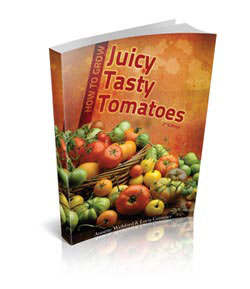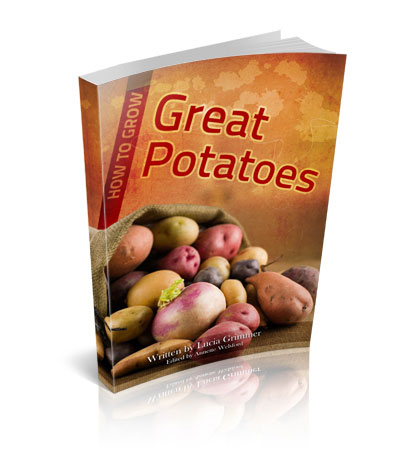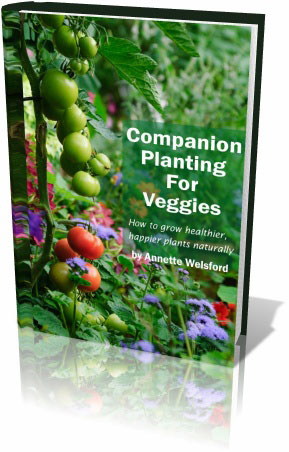The Effect of Flooding in Soils – Part 3
Fixing Plant Nutrition in Flood Affected Soils
In the previous article we discussed the effect that flooding has on soil nutrients.
As soils start to dry out in the areas that have been affected by floods, it is time to examine how we go about feeding our plants again.
The effect of flooding
Flooding can have several consequences. In extreme circumstances plants can be washed away or flattened by the water and debris. In such cases it may not be worthwhile attempting to retrieve your crop but to replant. Otherwise if the soil remains waterlogged (saturated) for an extended period, plant health will be affected in a number of ways. In waterlogged soils the air between the soil particles is replaced by water. This results in a lack of oxygen which will cause root and plant death. If the roots have died, but the plant is still alive, it is important not to apply too much water to the reduced root mass once the soil has dried out.
The full impact of waterlogging is not always immediately apparent, and will vary depending on the how long the crop was inundated and at what growth stage the crop was at when the flooding occurred. A crop at the fruit fill stage will suffer the most damage due to the lack of nutrition and the lack of oxygen.
Symptoms and Issues Caused by Waterlogging
- Plants suffering from lack of nitrogen will exhibit the symptoms of wilting and yellowing (chlorosis) of leaves.
- Disease incidence escalates under these conditions.
- Fruit bearing crops such as tomatoes will not be able to take up calcium, which will affect their quality and fruit life.
- Nutrients such as nitrates, phosphates, some potassium, sulphates and boron are easily leached, and zinc becoms less available.
- Silting can also cause de-nitrification of the soil by bacteria, due to less oxygen being present in the soil. This issue becomes significant when the soil has been waterlogged for 36 hours or more.
- Plants waterlogged for more than 10 days may experience root death.
- Plants will not be able to absorb nutrients whilst the soil is waterlogged. As a result the yield potential of the plants will be diminished and the quality of fruit reduced.
What Do You Do If Your Soil Has Been Waterlogged?
The effect of flooding on plant nutrient uptake from the soil
In Part 2 of this article we discussedwhich nutrients are likely to be less available to plants as a result of flooding, either through leaching or some other factor. We will now have a look at how you can replace lost nutrients in these conditions.
In ideal conditions, applying nutrition through the root system is the most effective process. However leaves can also absorb nutrients (although not as much as through the roots), so applying liquid nutrients through folliar sprays provides the plant with a source of nutrition whilst the roots are unable to function. This helps to keep the plants alive, and retain their fruit.
Once a plant’s water conducting mechanism stops working due to waterlogging, the nutrient that is most affected is calcium. Generally when there is lots of rain, there is also a heavy cloud cover. If the rain or the cloud cover continues for several days, plants are unable to take up calcium.
Boron is also easily leached out of the root zone in heavy rain/flood events. If the crop is bearing fruit, especially crops like tomatoes, the fruit will either drop or will be low quality if the plant has insufficient boron.
If a lot of rain is expected, then we suggest you apply calcium and boron into the root zone several days before the rain or cloudy weather occurs. After the rain, when it is too wet to apply water or nutrients to the roots, foliar applications of calcium and boron will help prevent the crop aborting its fruit. It will also help prevent syndromes such as blossom end rot of tomatoes.
Nitrogen/Nitrates (N)
As nitrates are easily leached by rain, it is important to top up nitrates as soon as the soil is sufficiently dry after a rain event. Alternatively, if heavy rain is forecast, you could apply the ammonium form of nitrogen before the rain sets in. This is less likely to leach than nitrate, however bear in mind that ammonium forms of nitrogen may increase soil acidity.
Phosphates (P)
Phosphates don’t hold onto the soil structure well and are fairly easily leached. Newly planted crops need phosphate, so the best solution is to use a liquid form of phosphorus. There’s no point applying a single super phosphate or any other form of phosphate powder as they are not mobile in the soil profile and will not get into the root zone of the crop.
Potassium (K)
Potassium is very important for crops at the fruiting stage. There are several liquid forms available and are best applied as foliar sprays until such time as the soil has dried out and it’s viable to recommence watering into the root zone again.
Sulphates (S)
Like phosphates, Sulphates are easily leached. There are many liquid sulphate-based fertilisers on the market which can be used as a foliar to start, and later watered into the root zone. The ideal sulphate-based product to apply after heavy rain is zinc sulphate, because zinc is also lost during floods/rains.
Note : Whilst fertiliser frequency and quantities should be adjusted to make up for any shortfalls in your normal fertiliser routines, you’re advised to adjust rates with caution, as over application can cause toxicity and other issues.
Tags: floods, plant nutrition













